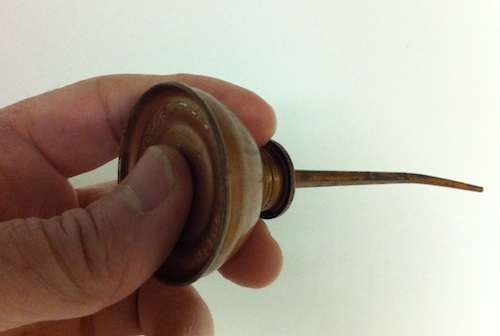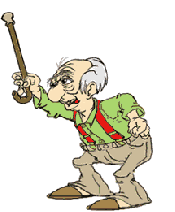Barneybc12d
Well Known Member
My "first time builder" rudder has some oil canning. How did yours turn out? I am going to push on my 76 Cessna skin this afternoon to compare.
My "first time builder" rudder has some oil canning. How did yours turn out? I am going to push on my 76 Cessna skin this afternoon to compare.
Would someone please explain this term? Pictures might help, too.
Would someone please explain this term? Pictures might help, too.
My rudder and right elevator turned out great. My left elevator had some pretty significant oil canning. Advice from Van's was that its luck of the draw and there is really no way to know exactly what caused it or a way to build it to try and minimize it. They also said if you push on it and it pops back out on its own they wouldn't worry about it. If you push on it and it stays in that position then I would call Van's for further guidance.
Does anybody know why further guidance is suggested if it doesn't pop back out? I was quite sure that my rudder was perfect until I pushed on it just now and found a section that will not spring back when pushed in. It will just stay there until the section underneath is pushed in. Anybody heard guidance from Vans on this?
Chris
... you have to imagine (if you're not old enough to remember) the spiral paperboard oil cans before the blowmolded ones of today (Thanks Graham Engineering).
...The other metal end of the can would pulse in and out as the oil "glugged" unto the engine. IE "oilcanning".....


Actually, the term is even older than that:

On the "old" oil cans, you squirted maching oil on a squeaky part to lubricate it, by pushing on the bottom of the inverted can. It had just enough give to do the job, and would spring back as you released.

Just make sure before you skin the frame that all of the rib flanges are at 90 degrees. If they are off just a little bit, that sets up the oil canning.
